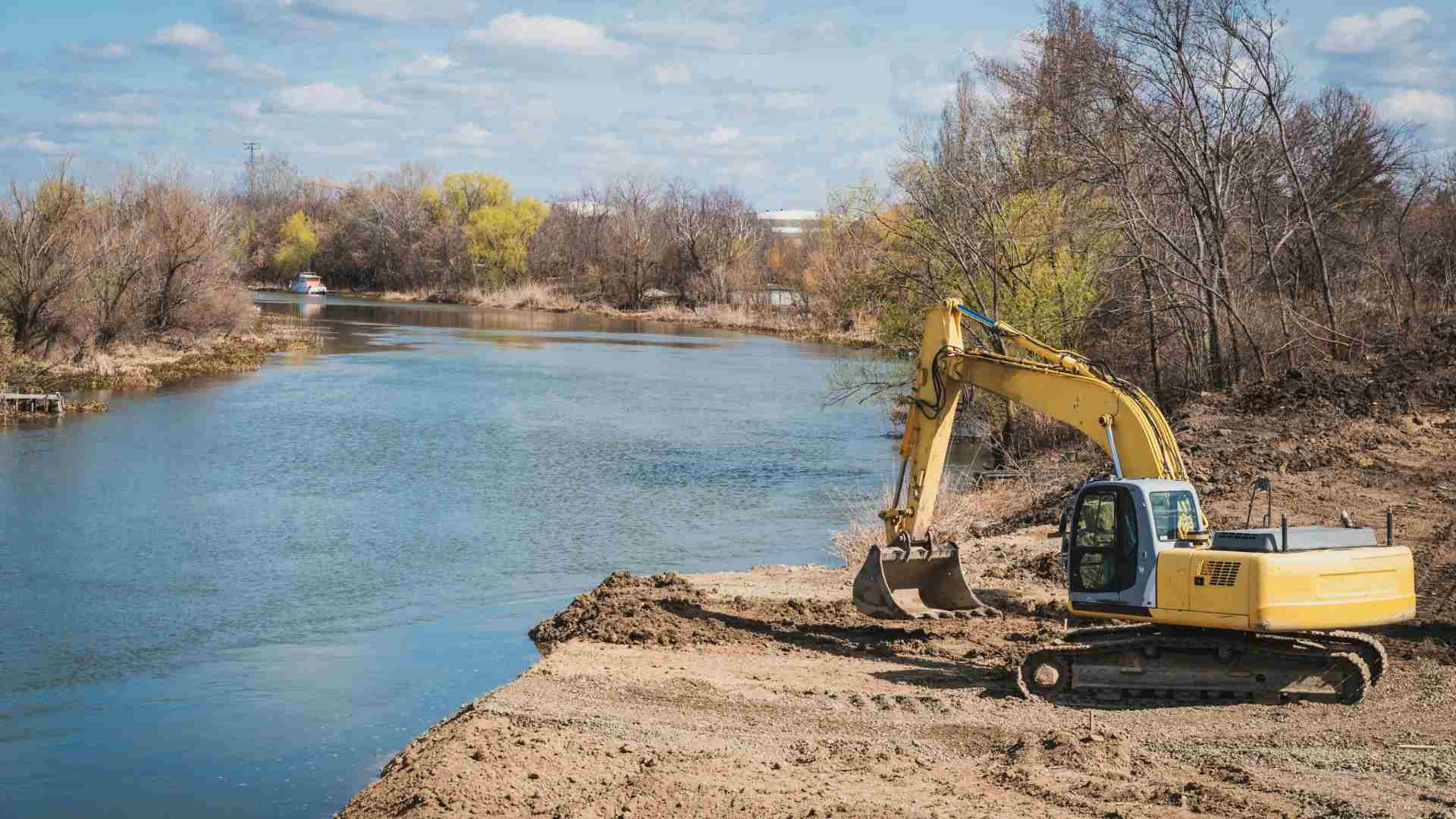Introduction
The City of Birmingham, Michigan, has officially launched a significant environmental restoration project focused on Quarton Lake. As part of a comprehensive five-year lake dredging plan, the city aims to remove built-up sediment, improve water quality, enhance wildlife habitat, and protect the structural integrity of the dam. This multi-year initiative is expected to cost just over $652,000 and represents Birmingham’s ongoing commitment to sustainable urban water management.
Why Lake Dredging Is Needed
Dredging is the process of removing accumulated sediment, debris, and organic matter from the bottom of lakes, rivers, and reservoirs. In the case of Quarton Lake, sediment has been steadily accumulating over time, particularly in the upstream section, located just north and south of Oak Street. This buildup, if left unchecked, can negatively impact water flow, reduce lake depth, harm aquatic life, and pose risks to nearby infrastructure—especially the dam located downstream.
City Engineer Melissa Coatta explained that annual lake dredging in the upstream portion is vital to prevent sediment from migrating downstream. “Yearly dredging of the upstream portion of Quarton Lake prevents sediment from traveling downstream into the main portion of the lake and near the dam structure,” she said. If sediment were allowed to accumulate near the dam, it could reduce its efficiency and even compromise its safety.
The Environmental Benefits of Dredging
Beyond protecting infrastructure, dredging offers considerable environmental benefits. Over time, lakes naturally accumulate organic matter, including dead plants, decaying leaves, and runoff from urban or natural sources. This organic buildup can lead to problems such as reduced oxygen levels, poor water clarity, and algae blooms, all of which stress or eliminate native wildlife populations.
“Dredging helps to improve and preserve the ecosystems in lakes. By removing sediment such as dead plants, vegetation, and other debris, dredging improves water quality and supports native wildlife,” Coatta added.
Removing the nutrient-rich sediment curbs the likelihood of excessive algae growth and invasive plant species, thereby restoring the lake’s natural balance and creating a more hospitable environment for fish, amphibians, birds, and other native species.
Project Timeline and Methods
The current phase of the Quarton Lake dredging operation began the week of July 14 and is expected to run through the end of September, weather permitting. The initial portion of the work involves hydraulic dredging. This method uses suction and pumping equipment to move sediment from the lake bottom into specialized geotextile bags, also known as dewatering bags. This portion will take approximately five weeks to complete.
Following hydraulic dredging, the sediment-filled bags are left to dry, a process called dewatering, which typically takes another four to five weeks. These drying beds have been established on the north side of Oak Avenue, between the river and Lake Park Drive. Residents can expect to see construction activity and the presence of large sediment bags during this period.
Despite the visible activity, the dredging will have minimal impact on public spaces. According to Parks and Recreation Manager Carrie Laird, “The park will still be open and accessible to the public, since the work is constrained within the water.” However, for safety reasons, residents are urged to stay away from active construction areas.
Long-Term Impact
While the short-term goal of this lake dredging project is to remove excessive sediment and restore lake functionality, the long-term objectives extend much deeper. By controlling sediment levels, Birmingham is proactively preventing larger problems that could arise in the future—such as flooding, loss of recreational use, and costly emergency dam repairs.
The five-year plan ensures that dredging will be conducted in manageable annual phases, allowing for continued monitoring and adjustment as needed. This phased approach also helps reduce the disruption to the community and the surrounding parkland, which remains a valued recreational resource for residents.
Community Engagement and Transparency
Birmingham officials have committed to keeping the public informed throughout the entire project. Regular updates will be posted on the city’s official website and shared through local media outlets. Community members are encouraged to reach out with questions or concerns and to attend future public meetings regarding lake restoration and dredging efforts.
The city is also working to incorporate educational signage around Quarton Lake to inform visitors about the importance of lake dredging and its contribution to the health and longevity of local waterways.
A Model for Other Communities
Birmingham’s proactive stance on lake dredging can serve as a model for other municipalities dealing with similar sedimentation issues. Urban lakes often suffer from the cumulative effects of stormwater runoff, decaying vegetation, and reduced water flow—all of which contribute to a decline in water quality and habitat health. By addressing these issues head-on through planned, systematic dredging, cities like Birmingham are not only preserving natural resources but also safeguarding public infrastructure and enhancing quality of life.
Conclusion
The Quarton Lake dredging project is a forward-thinking investment in Birmingham’s environmental resilience and infrastructure integrity. With a carefully structured five-year plan, the city is ensuring that the lake remains clean, functional, and ecologically balanced for future generations. Residents can look forward to a healthier lake environment, improved recreational spaces, and the peace of mind that comes with proactive municipal stewardship.
As sediment is removed and the water begins to clear, Birmingham’s efforts will become visible not just in cleaner water, but in the return of vibrant wildlife and renewed community engagement with one of its cherished natural assets.
